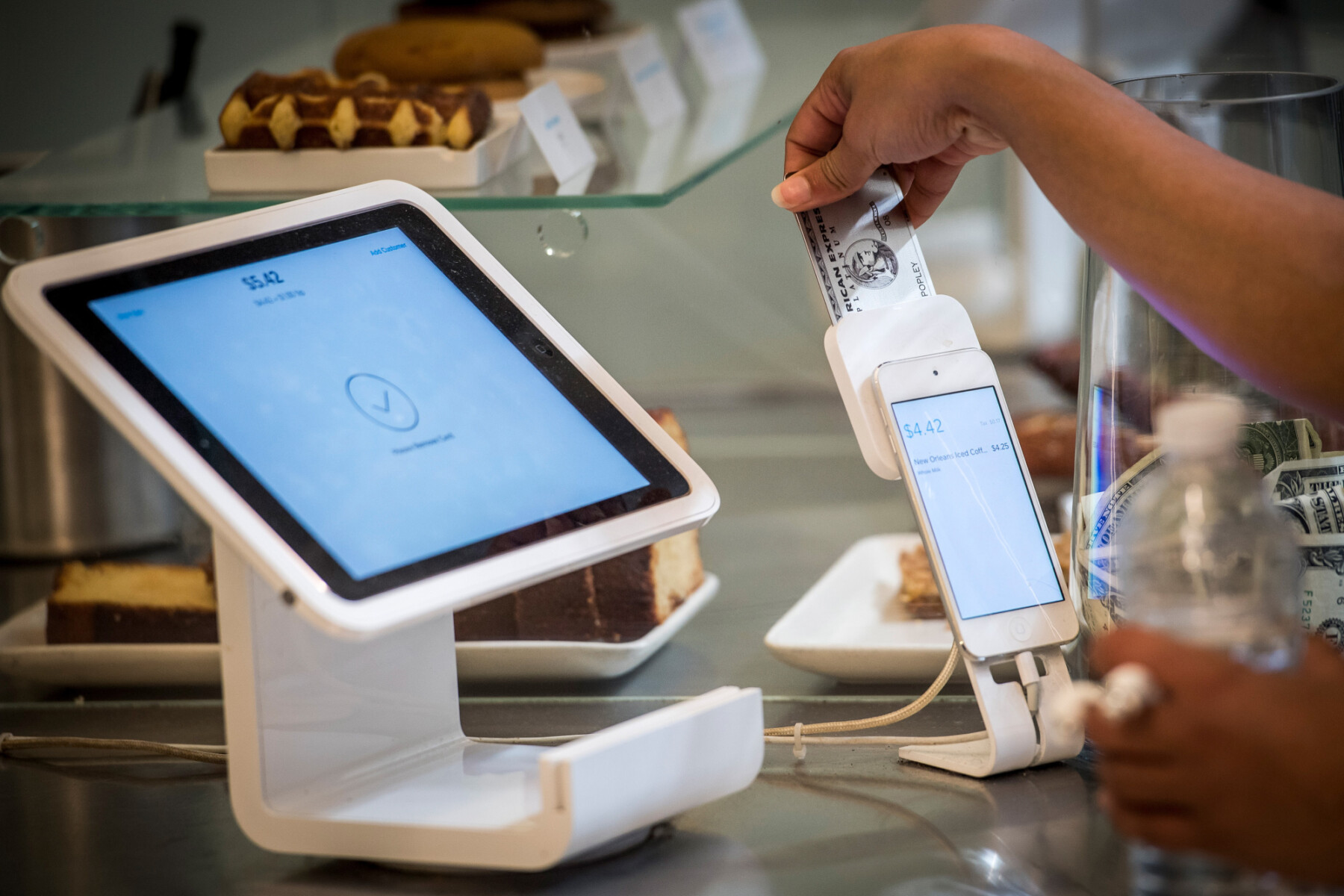I have a new thesis I have been noodling around with: All of those Square credit card processing machines you use to pay for coffee or sandwiches or small retail purchases are driving inflation higher. Demands for worker tips in non-tipping industries are having a meaningful impact on prices and CPI.
Has the Bureau of Labor Statistics fully unpacked how to deal with this “innovation”? I am unsure how hip the FOMC or BLS is to this issue. But this much is clear: This tech-psych guilt trip has consumers spending more on services than they ordinarily would or should.
Note: This is not a new phenomenon; it was referenced way back in 2013 as a source of guilt-based revenue enhancement. In 2013, Fast Company noted that Square’s merchant partners generated more than $70 million in cumulative tips in a quarter; this represented a 133% year-over-year increase. Some merchants back in 2013 noted that Square’s tipping UI increased tips company-wide between 40% to 45%.
And that was a decade ago, before Square was as ubiquitous as it is today and during a deflationary decade. It slipped by more or less unnoticed. Today’s Pandemic-era inflation makes the Guilt-Tip demand a much more significant element when considering total price increases.
If you leave a few singles in a jar by the register, you assume the recipients are the staff who work there. We have no idea where the Square POS tips go. Recall Doordash and other weasels pocketing driver tips during the pandemic (we should make sure that’s not happening here). All POS tip demands should be mandated to show a disclosure as to where the money goes — and both Square and the retailer should be on hook if it does not go where advertised.
Before we go further, let’s discuss tipping: I worked as a waiter in college, and (like every other ex-waiter) now always leave at least 20%, typically in cash. During the lockdown, we wildly over-tipped on takeout and deliveries. I keep Fivers in my pocket for even modestly decent service (e.g., assembling a brunch’s worth of appetizing and bagels to go). Waitstaff, bartenders, cab drivers should be well comped for their efforts. Historically, they were often unpaid; the post-Civil War history of tipping is not pretty.
But that is not what this is about: Instead, it’s what has happened through companies using software UI as an opaque way to shift labor costs – and profits – to the consumer. I am not naïve; we all understand consumers of goods pay for labor, rent, costs of goods and profit. The issue here is obviously not that but rather, a sleazy way to trick people into paying more for goods and services than the actual price of those items.
I had been kicking the idea around, when a specific reveal brought it all suddenly into sharp focus:
Self-checkout machines now ask for tips in latest squeeze on customers
I read this as evidence the entire set-up is gaming consumer psychology to extract more dollars from every transaction. Or, you could just call it a fraud.
But wait, how does this impact CPI inflation?
Let’s run the numbers: Those iPad/iPhone like screens that demand: 18% 20% 22% Custom Tip are everywhere, they have become ubiquitous. This has led to an increasing number of shops not even accepting cash. Those big old cash registers of old have become relics. It’s a huge part of retail and food services.
What percentage of people are guilted into tipping on what has historically been non tipped labor? I would love to see the internal data, but at the very least, I am guessing its about 10-15%. It would not shock me if it were appreciably more. Adding a 20% bump in price to a even a tenth of those transactions translates is a 2% inflation increase in those items.
How does BLS deal with this? Are those tips for untipped positions showing up in BLS data as higher prices for Labor and Services? Assuming it does go to employees, then it is an increase in wages and labor costs. If it doesn’t, it should show up as a price increase in the goods or services sold. EITHER WAY, IT MEANS HIGHER BLS PRICES.
I have reached out to a Fed researcher I know, and I will also reach out to BLS to find out how they are managing this.
In the meanwhile, my advice: Tip in cash when possible, and only for jobs that are tip-based. Until there is real disclosure as to what the upsell is for and who benefits from your largesse, Just Say No to those faux tip demands on Square and other POS devices.
UPDATE July, 24 2023
The WSJ discusses Why Businesses Can’t Stop Asking for Tips.
“Sixteen percent of the 517 small businesses surveyed by employee-management software company Homebase for The Wall Street Journal ask customers to leave a tip at checkout, up from 6.2% in 2019.
“With businesses still preparing for the possibility of a recession, they don’t want to lock into higher wages,” said Jonathan Morduch, a professor of public policy and economics at New York University. “Tipping gives them more flexibility.” He said the practice pushes the financial risk that employers would ordinarily shoulder onto workers.
UPDATE May 22, 2023 3:15 pm
The consensus seems to be that BLS wouldn’t capture tipping; what they can measure is W2 wages and the prices of physical items in stores or on shelves.
This implies that if and when you tip for any good you didn’t historically tip on, you are 1) Paying more than you had normally, and 2) The price increase is not likely being picked up by BLS.
Previously:
Start Ups Behaving Badly (February 13, 2020)
Sources:
Self-checkout machines now ask for tips in latest squeeze on customers
By Emily Robertson
Fox2, May 15, 2023
https://www.fox2detroit.com/news/self-checkout-machines-now-ask-for-tips-in-latest-squeeze-on-customers
How Square Register’s UI Guilts You Into Leaving Tips
Austin Carr
Fast Company, 12-12-13
https://www.fastcompany.com/3022182/how-square-registers-ui-guilts-you-into-leaving-tips


